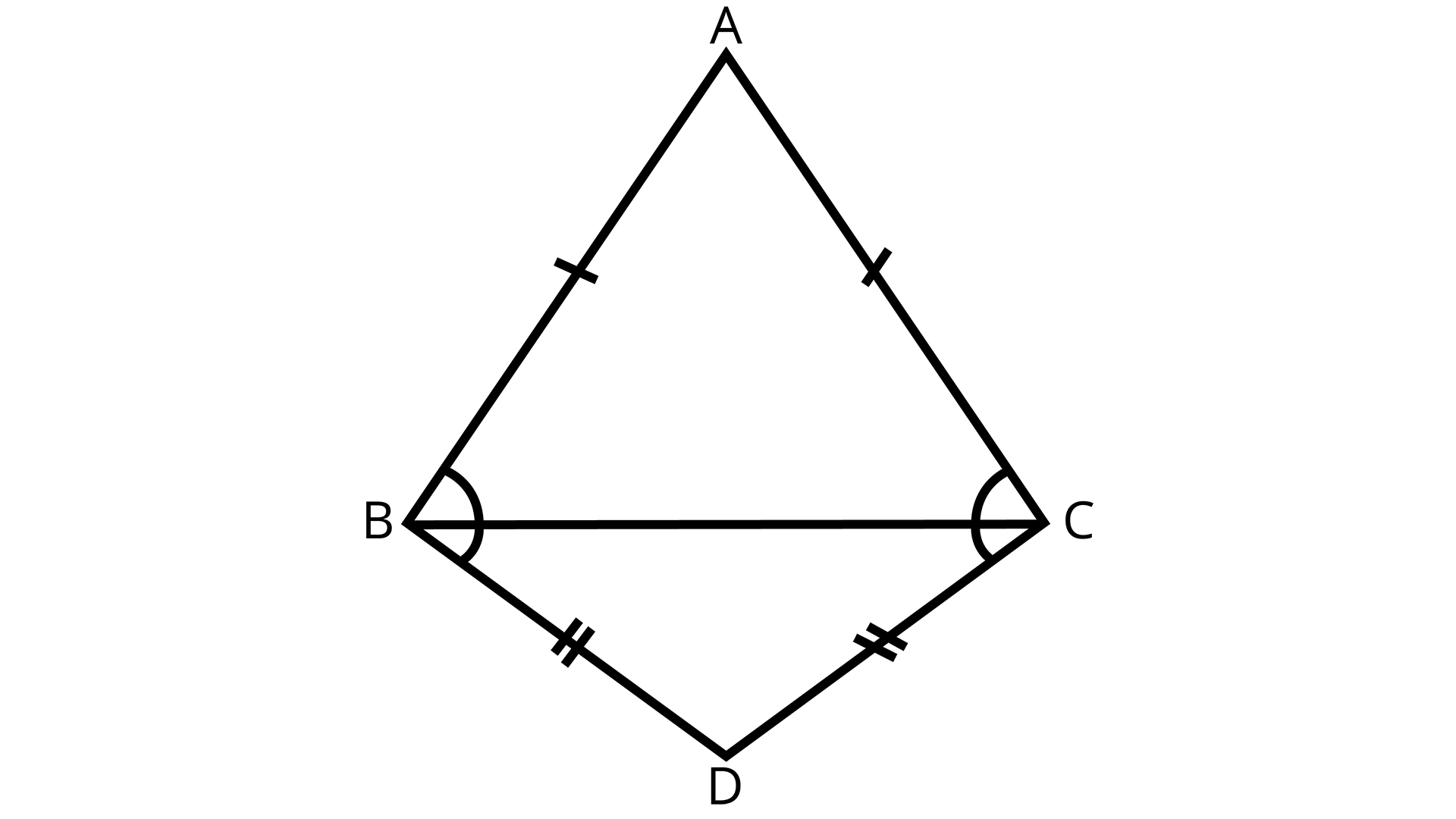Master Triangles Class 9 NCERT PDF With Vedantu's Expert Solutions
FAQs on NCERT Solutions For Class 9 Maths Chapter 7 Triangles
1. What are the main types of triangles covered in Class 9 Chapter 7?
Triangles are classified based on sides (equilateral, isosceles, scalene) and angles (acute, obtuse, right). The chapter covers congruence criteria (SSS, SAS, ASA, RHS) and properties of isosceles triangles including angle relationships and median properties.
2. How do NCERT Solutions help students understand triangle congruence criteria effectively?
NCERT Solutions provide step-by-step proofs for SSS, SAS, ASA, and RHS congruence criteria with clear geometric reasoning and diagram analysis.
Congruence forms the foundation for advanced geometry concepts and theorem applications.
3. What topics are included in Exercise 7.1 and 7.2 of triangles chapter?
Exercise 7.1 focuses on triangle congruence using SSS, SAS, and ASA criteria with proof-based questions. Exercise 7.2 covers properties of isosceles triangles, angle bisector theorem, and applications of congruence in solving geometric problems and constructions.
4. Can students access triangles NCERT solutions as a Free PDF for offline study?
Yes, students can download the Free PDF of triangles NCERT solutions for offline access and convenient study. The PDF contains complete solutions for all exercises, in-text questions, and additional practice problems with detailed explanations and diagrams.
5. Why are properties of isosceles triangles important in Class 9 geometry?
Isosceles triangle properties establish that equal sides have equal opposite angles, and the altitude from vertex angle bisects both the angle and base.
These properties are fundamental for solving complex geometric problems and prove useful in coordinate geometry and trigonometry.
6. What are the key differences between SSS and SAS congruence criteria?
SSS (Side-Side-Side) requires all three sides of triangles to be equal, while SAS (Side-Angle-Side) needs two sides and the included angle between them to be equal. SAS is often easier to apply when angle measurements are given alongside side lengths.
7. How do triangle inequality theorem concepts appear in NCERT questions and answers?
Triangle inequality states that sum of any two sides must be greater than the third side, appearing in various NCERT problems testing valid triangle formation.
This theorem determines whether given measurements can form a triangle and helps solve optimization problems.
8. What additional practice questions are available beyond standard NCERT textbook exercises?
Vedantu provides extra questions covering advanced congruence applications, challenging proof problems, and real-life triangle applications. These include multiple-choice questions, assertion-reason problems, and case-study based questions that enhance problem-solving skills and exam preparation for different board patterns.
9. How does understanding angle bisector theorem help in solving triangle problems?
Angle bisector theorem states that an angle bisector divides the opposite side in the ratio of the adjacent sides, providing a powerful tool for solving proportion problems.
This theorem connects angle properties with side ratios, essential for coordinate geometry and trigonometry applications.
10. What makes Class 9 triangles chapter essential for higher Mathematics preparation?
Triangles chapter builds fundamental geometric reasoning, proof-writing skills, and spatial visualization abilities required for Class 10 coordinate geometry, trigonometry, and advanced theorems. The congruence concepts and logical thinking developed here form the foundation for circle theorems, similarity, and analytical geometry applications.




























































